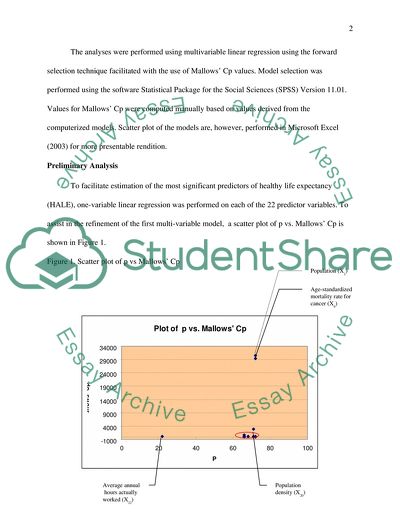Cite this document
(Statistical Estimation of Healthy Life Expectancy Research Paper, n.d.)
Statistical Estimation of Healthy Life Expectancy Research Paper. https://studentshare.org/statistics/1724751-statistic-project
Statistical Estimation of Healthy Life Expectancy Research Paper. https://studentshare.org/statistics/1724751-statistic-project
(Statistical Estimation of Healthy Life Expectancy Research Paper)
Statistical Estimation of Healthy Life Expectancy Research Paper. https://studentshare.org/statistics/1724751-statistic-project.
Statistical Estimation of Healthy Life Expectancy Research Paper. https://studentshare.org/statistics/1724751-statistic-project.
“Statistical Estimation of Healthy Life Expectancy Research Paper”. https://studentshare.org/statistics/1724751-statistic-project.


